#asama no okami
Text
Botanic Tournament : Cherry Blossoms Bracket !
Round 1 Part 1 Poll 3
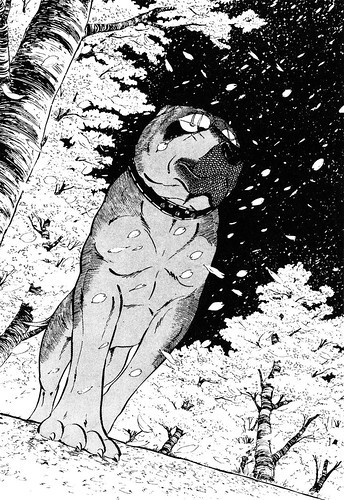

Benizakura means "crimson cherry blossom"
Konohananosakuya-hime can be translated as "cherry tree blossom blooming princess"
#tournament polls#botanic tournament#cherry blossoms bracket#round 1#ginga#ginga nagareboshi gin#hopeanuoli#benizakura#ginga benizakura#konohana#konohananosakuya-hime#konohananosakuya#ko-no-hana#sengen#sakuya-hime#sakuya hime#asama no okami#kojiki#nihon shoki#silver fang
27 notes
·
View notes
Link
1. Kawaguchi Asama Shrine – Yamanashi
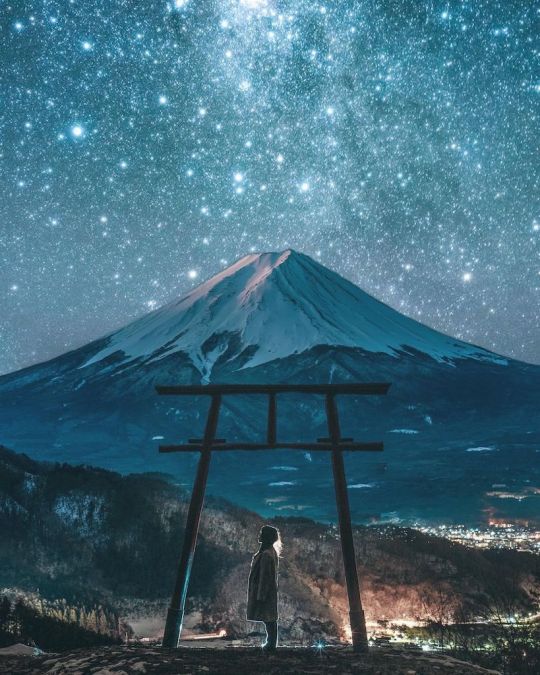
Image Credit : @kenkeno215
After a 10-day long devastating eruption of Mount Fuji in 864, Kawaguchi Asama Shinto Shrine was built the following year to worship the goddess of Mount Fuji, Asama no Okami (浅間大神).
Every year, on 25th April and 28th July, the traditional chigo no mai (稚児の舞; children’s dance) is performed to appease the god. Children aged 11 to 12 years old, typically girls, dance in front of the shrine to the tune of flutes.
2. Shirahige Shrine – Shiga

Image credit: @shirahigesup
Situated in Lake Biwa, the largest freshwater lake in Japan. Shirahige Shrine is dedicated to Sarutahiko of Mikoto, the god of longevity.
After sunset, the torii gate is lit up for 2 hours on weekends and even longer on special days such as New Year’s Eve.
3. Futami Okitama Shrine – Ise

Image credit: @kenken710
Popular among newlyweds and couples, Futami Okitama Shrine is the place to be for those seeking blessings in their love life and marriage.
The Meoto Iwa (夫婦岩), or “wedded rocks” are inseparable pair of rocks – the big one representing the husband and the small one the wife – are connected by a shimenawa (sacred rice straw rope).
4. Motonosumi Shrine – Yamaguchi
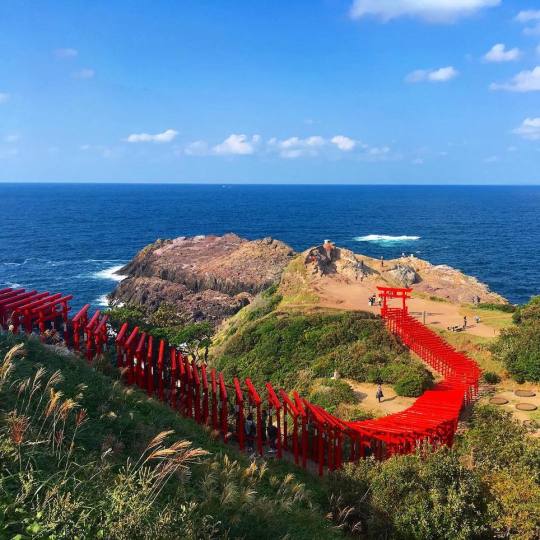
Image credit: @muracome
Legend has it that in 1955, the spirit of a white fox instructed a local to build a shrine. Obliging the deity’s request, the man built and lined 123 red torii gates along the edge of a cliff.
Today, the shrine attracts visitors who are hoping to pray for wealth, studies, pregnancy, and even fishing.
5. Takaya Shrine – Kagawa
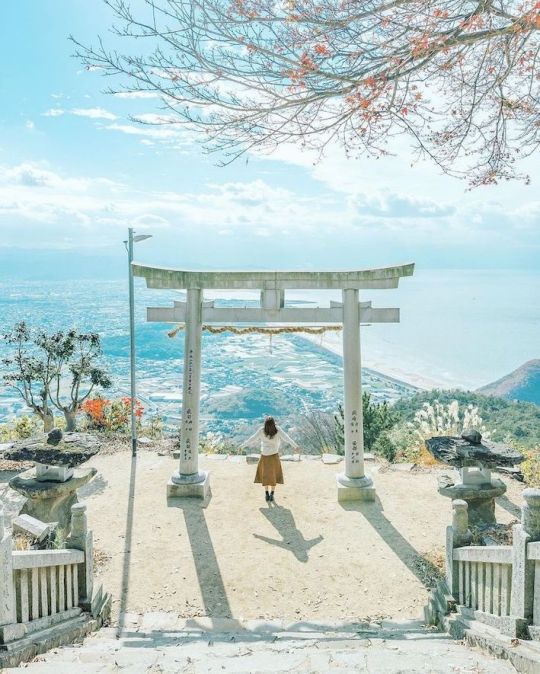
Image credit: @mitwo_310_dayo
Dubbed the “torii in the sky”, Takaya Shrine in Kagawa Prefecture sits atop the 404m-tall Mount Inazumi. The torii gate of the main shrine overlooks a panoramic view of the city of Kanonji and Seto Inland Sea.
6. Sakurai Futamigaura – Fukuoka

Image credit: @sai_._ias
While the Meoto Iwa in Ise is better known for its sunrise views, travellers flock to Sakurai Futamigaura in Fukuoka to watch the sun set.
Every May, a ceremony is held during low tide to change the shimenawa. As the rope measures over 30m in length – almost half the width of a football field – and weighs over 900kg, as many as 50 people are mobilized for the switch.
7. Udo Shrine – Miyazaki

Image credit: @tate.masa
The cliffside Udo Shrine is perched on the rocky Nichinan Coast, south of Miyazaki City, surrounded by magnificent waves.
Legend has it that Toyotama-hime, a goddess of the dragons and sea, went into labour on land. A maternity hall was built in a hurry, in a sacred cave, and Toyotama-hime gave birth to Ugayafukiaezu no Mikoto, who was later enshrined as a deity.
Today, the birthplace is better known as the main shrine of Udo Shrine. Thanks to its history, a visit to the shrine is considered to be beneficial for couples trying to conceive, and expecting mothers praying for a safe pregnancy.
8. Amano Iwato Shrine – Miyazaki

Image credit: @nobphotoo
According to Japanese mythology, the sun goddess Amaterasu hid in this cave after a destructive battle with her brother. Refusing to come out of the cave, her isolation cast darkness over the world. It was only when the other gods and goddesses came together to devise a plan that Amaterasu was lured out, returning light to the world.
The period between November to February is the prime time to visit as that’s when the annual Takachiho Kagura – a shinto ritual consisting of festive folk dances – is held. The main event is held on 22nd and 23rd November, but the dances are performed every night between November and February.
9. Kuratake Shrine – Kumamoto

Image credit: @ryh.photo
The remote shrine was built to protect the sea and to pray for the safety of fishermen. For that reason, you’ll find a ship-shaped vessel filled with empty shells of mina, a shellfish native to the sea of Amakusa, in front of the shrine.
Due to a flood in 1972, the mountain trail was closed to the public and only reopened in 2012. As a result, the shrine completely went under the radar, privy to only the most savvy of locals and budding photographers.
10. Naminoue Shrine – Naha
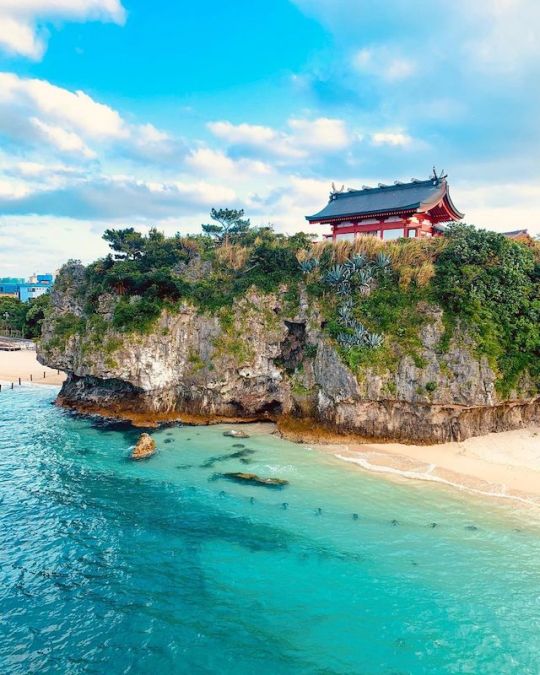
Image credit: @cliff511299
As the most prestigious shrine in Okinawa, Naminoue Shrine is widely revered as one of the 8 special Ryukyu shrines since the Ryukyu Kingdom era.
Affectionately nicknamed “Nanmin-san” by Okinawan natives, Naminoue Shrine is a power spot that can grant blessings for everything, from matchmaking to pest control. The date of the shrine’s founding is unknown, but it is believed that the roots can be traced back to when locals prayed to Nirai Kanai (ニライカナイ) – god’s world in the distance of the sea – for abundant harvests.
#underrated places in japan#kawaguchi asama shrine#yamanashi#mount fuji#shirahige shrine#shiga prefecture#lake biwa#futami okitama shrine#ise#motonosumi shrine#yamaguchi#takaya shrine#kagawa#sakurai futamigaura#fukuoka#udo shrine#miyazaki#amano iwato shrine#kuratake shrine#kumamoto#naminoue shrine#naha#okinawa#kyushu#shikoku#chugoku#kansai#chubu#japan#shinto shrine
14 notes
·
View notes
Text
Wave, Listen to Me! – 11 – Cough Up the Karma

Minare’s latest weird late-night occult/philosophy radio show continues as Mitsuo climbs out of the ground with his broken neck bent 90 degrees to the side. He invites Minare and “Matt” deep below the Sea of Trees where there’s a reincarnation of Asama-no-Okami (the deity personifying Mt. Fuji), who in turn will offer to take their karma and decided where they’ll be reincarnated, and as whom.

I have to admit, it’s all a bit trippy and bizarre, but aside from a few snickers (the deity decides to send all three to Sweden for their next lives because of it’s “established welfare”), it wasn’t really the funniest bit? More than a comedy, it’s meant to take hold of listeners as they determine which of the three people they’re most like: Matt, who murdered dozens for his work; Mitsuo, who wants to come back as someone who’s more aware of when he’s hurting others…or Minare, who doesn’t want to go to Sweden at all.

At the end of the show, Kureko again leaves a big empty space in the script for Minare to ad-lib, which is what she does best. She provides a litany of things she did in real life to real people (most of whom are listening; and Mitsuo is wearing a neck brace after her suplex), but having all that swept under the rug and being shipped to a new life Sweden isn’t for her. She’s a “wandering Japanese”, with no interest in any other country, and simply wants to return to the Sea of Trees. The deity obliges.

At the post-show meeting, Minare learns the voice of the deity was Chisato and the voice of Mitsuo was Koumoto, while Kureko thinks he got Mitsuo’s character down accurately. When Minare accuses Kureko of hating her for having such huge holes in the script, Matou admits he had Kureko leave lots of opportunities for ad-libbing on purpose, in order to assess and exploit Minare’s inherent adaptability. And adaptability, more than any other quality, is what makes a great radio personality.

Matou informs Minare that her next show will be from an idea she creates, or otherwise acquires from, say, listeners via email or social media. He also encourages her to listen to her favorite personalities on radio to get a feel for the increased freedom the medium provides over TV. That night, Mizuho is worried about Mizuho and her cheerful brave front in the midst of Kureko quitting radio, considering she wanted Kureko on her radio “dream team” once she’s promoted.
That night, Mizuho seems to lean in for a kiss, in what is surely one of the sexiest pieces of animation Wave has turned out—only for her to be rousing Minare to listen to a comic midnight broadcast. Mizuho also tells Minare that Matou is looking for her to create something “wild, living in the moment, and anarchistic”. Whatever Minare comes up with, she only has one more episode to pull it off.

By: sesameacrylic
0 notes